Rating of the best domra for 2022
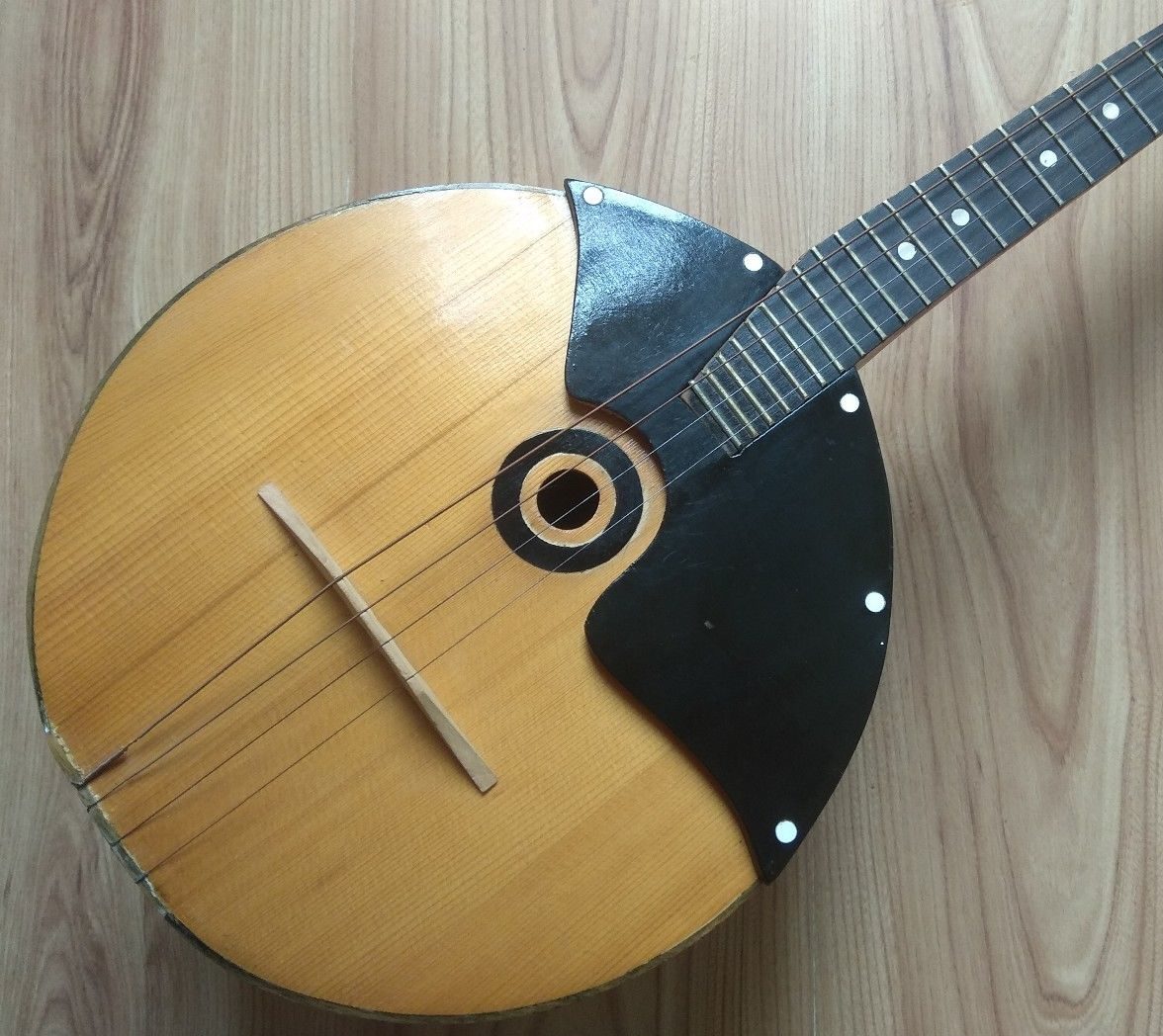
The choice of a specific domra model is determined, first of all, by the skill level of the performer. Today it will not be difficult to decide where to buy an instrument - this product can be ordered online or purchased at a regular music store. Before choosing the most suitable, it should be borne in mind that there are about ten varieties. In addition, the tools differ in the quality of the material of manufacture and cost. The rating of the best domras for 2022 will help with the choice of the right instrument.
Content
What is domra
We are talking about an ancient musical instrument belonging to the group of string-plucked instruments. Has three or four strings. The domra is still played by Kalmyks, Tatars and Kirghiz. It has an expressive musical potential. Used for performances of the academic genre.
The external description of the domra design can be described as a neck with pegs connected to a wooden case. The strings are fixed at the bottom and stretched to the pegs.
Origin of the word
Many researchers incorrectly interpret the name of the plucked species in question. Very often, this way is called the traditional Kazakh dombra. However, it should be noted that both of these names come from a Turkic root. The root of the word has been preserved to this day as part of a number of Russian-speaking surnames.
History of occurrence
For the first time, domra is mentioned in Russian ancient palace records and in popular prints. The performer was called a domrachey. The time of the appearance of this instrument in Rus' is not known for certain. Almost no images of ancient Russian domras have survived to this day. The first mention in the sources refers to the XVI century. In that era in Rus', they were already quite common. They were used to accompany the works of the folk epic, the epic genre, legends, as well as to maintain the melodic line in folk songwriting.
The royal court had its own "Amusement Chamber" - a musical and entertainment group, consisting of buffoons. Domrachei and buffoons were very popular among the people. They sang songs of an acute social theme at all kinds of solemn events, festivities and folk festivals. Musicians could be heard in the market square, in a peasant's hut, or inside the royal chamber.Historical sources confirm that Tsar Ivan Vasilyevich the Terrible was a particular fan of magnificent feasts with the participation of entertainment musicians.
According to some researchers, at that time this type of strings had already been classified into ensemble varieties. For example, the smallest was called "domrishka", and the largest with a low sound - "bass".
Manufacturing technology in the Middle Ages
Old Russian domras were produced using a handicraft method. Production was well established - plucked ones were delivered to the court and to Siberia. This fact is confirmed by historical documents.
The manufacturing technology can be called relatively simple. A single piece of wood, after giving it the necessary shape, served as the body. A stick-vulture was attached to it, on which strings or animal veins were stretched. To extract the sound, how is it different from the balalaika, a sliver, feather or fish bone was used.
Extermination period
1648 - the date of issuance of the decree of Tsar Alexei Mikhailovich on the mass extermination of musical instruments. The official pretext is the presence of criticism of the current government in the lyrics. According to the notes of Adam Olearius, a German traveler, any instrumental music was forbidden. Whole loaded carts were taken across the Moscow River and burned. The persecution extended to musicians and buffoonery as a craft. The profession of a wandering artist was considered inappropriate for a decent person. The period of oblivion lasted for about two centuries.
rebirth
The main initiator of the development of a new design based on the tool found on the territory of the Vyatka province is Vasily Vasilyevich Andreev. The date of discovery of what this unusual find is is 1896.The creation of the construction that we know today was carried out jointly with the famous violin maker Nalimov.
An external overview of the distinguishing features is how it differs from the mandolin and other plucked instruments that have become characteristic to this day as a result of reconstruction:
- hemispherical body shape;
- neck medium in length;
- three strings;
- quarter system.
The 1890s is the date of construction of ensemble varieties of this group of plucked strings. During the first decades after the revival, development proceeded mainly in the field of orchestral and ensemble performance.
1908 - in order to expand the range, a four-string domra with a fifth system was created. Despite the advantage of a range sound, in terms of timbre and color it was weaker than the three-string version.
1945 - the date of the creation of the first instrumental concerto with a guide on how to learn to play, accompanied by an orchestra of Russian folk instruments.
Two versions of origin
To date, the following versions of origin are known.
The first is a reference to Eastern roots, due to the similarity with the instruments of the countries of the East. We are talking about the design and method by which sound extraction is carried out. Among these tools, you can name which are the most similar in form:
- Turkish Baglama;
- Kazakh dombra;
- Tajik rubab.
Interesting Facts. It is believed that all of the above types of strings originated from the eastern tanbur. Historians believe that they brought it during the Tatar-Mongol yoke. According to another version, this happened in the process of forming trade relations with states in the East.
It is also assumed that the pedigree of this type of strings starts from the European lute.It is known that during the Middle Ages, any type of string-plucked lute was considered to be a lute, which had a body, neck and strings. The ancestor of the lute is the Arabic al-oud.
Varieties
There are a number of varieties of domra:
- piccolo;
- small;
- alto;
- tenor;
- mezzo-soprano;
- bass;
- double bass
Device
Components of a small domra:
- frame;
- neck;
- head.
Hardwoods are used as the material for creating the neck. The area under the fretted strings is made of ebony. The so-called "shell" is required in order to protect against accidental external influences during the game. The resonator part is usually made of maple or spruce. The components of the body are the upper part and the body. Also, in the design there are sills and a stand that ensures the contact of the strings with the wood. One of the main external differences of this class of plucked strings is the rosette.
Game technique
Unlike the balalaika, on which the sound is produced by the rattling of the whole hand, the method of playing is to extract each individual sound. For this purpose, a mediator is used. It should also be noted that the technique of playing is different from playing the guitar.
Selection Guide
When choosing which company to buy, focusing on your own selection criteria, you should consider the following universal tips:
- first of all, it is worth focusing on the beauty of sound;
- along the entire length of the neck, the timbre should be even;
- a quality instrument is characterized by the absence of extraneous sounds;
- a prerequisite is the direct location of the neck;
- you should pay attention to how long the sound is;
- crackling and ringing should also be absent at each fret;
- you need to make sure that the game will be audible enough for a large hall.
The best domras for 2022
DOFF DPS
Small domra of classical type with three strings. Seven staves. The body is made of maple wood. The instrument is very artistic. The neck is made from red mahogany wood. For the deck, radial saw spruce is used. The material for the manufacture of the hinged shell is plastic. The mortise rosette is also made of valuable wood. Rosewood fretboard. Easy and precise tuning is ensured by the smooth rotation of the peg mechanics. Each instrument is created by skilled craftsmen. Twenty-four frets. Natural body color. You can play with a mediator. The cost of domra in 2022 is a little more than 12,000 rubles.
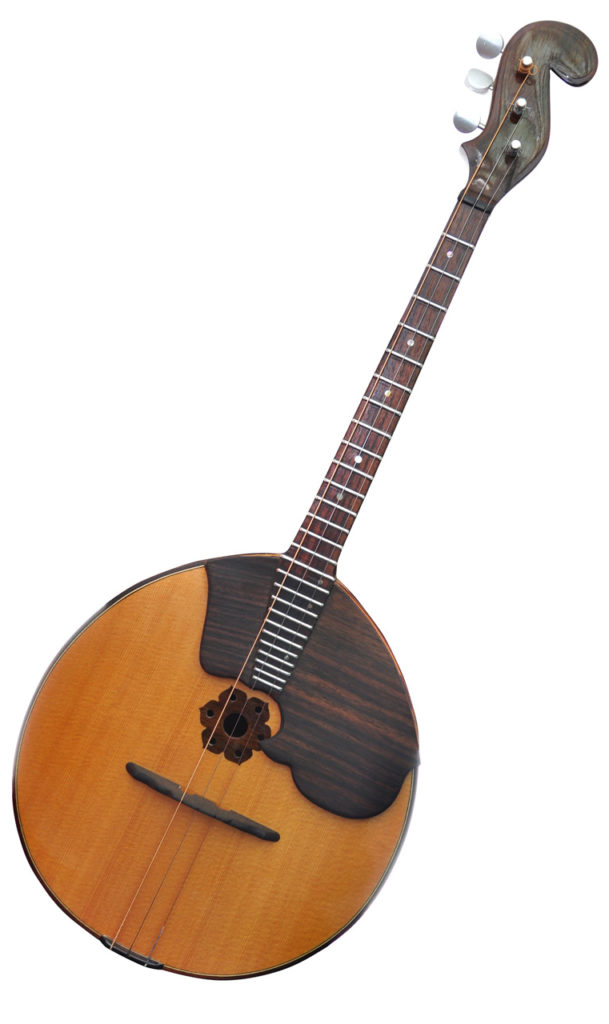
DOFF DPS
- quality equipment;
- body decoration;
- ease and accuracy of adjustment;
- budget for the price;
- domras are created by skilled craftsmen.
- not detected.
MUZPROM "LUX"
Domra handmade. A special set of materials for its assembly, which have been aged for ten years. The design contains details of ebony - neck, fingerboard and shell. The soundboard is made of two halves, similar to the construction of a violin. The body is made from superb rosewood, Bosnian maple and alpine spruce. The deck material is resonant spruce. The length of the domra is 635 millimeters. The case has a width of 240 millimeters, a length of 260 millimeters, and a height of 120 millimeters. Impeccable workmanship. Decoration with intarsia from natural mother-of-pearl. Three strings.Another thing to pay attention to is that the number of frets is twenty-six instead of twenty-four. Concert destination. The price in the online store in 2022 is about 130,000 rubles.
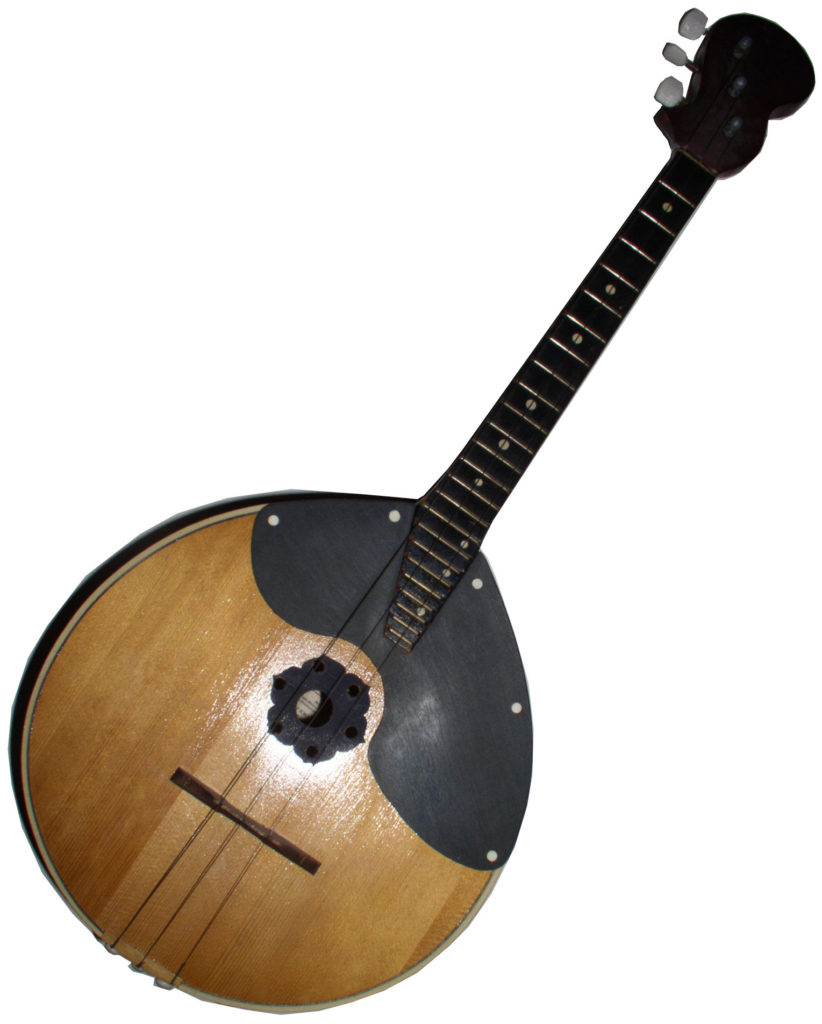
MUZPROM "LUX"
- the best craftsmen guaranteeing high-quality manual assembly;
- decoration with natural mother of pearl;
- for professional performances;
- ten-year-old material is used;
- excellent quality wood.
- high price.
Hora M1084-3
Three-string domra-prima for beginners. Maple body and neck. The deck is made of solid Carpathian spruce. With inlaid rosette. The shell with a stand is made of black spruce. Nickel-plated tuning mechanism. The length of the domra is 63 centimeters. The body has a height of 14 centimeters, a width of 29 centimeters. The musical instrument weighs 900 grams. Romanian production. This model costs about 17,000 rubles in 2022.
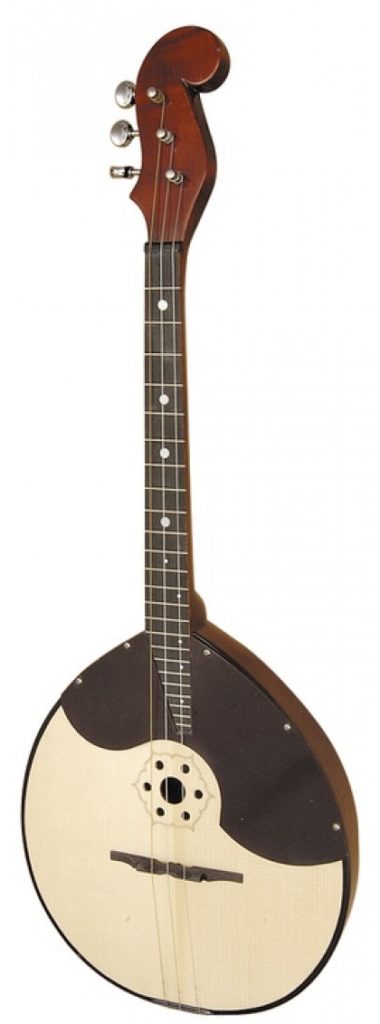
Hora M1084-3
- suitable for students
- quality wood;
- made in Romania.
- limited functionality.
Domra artisan three-string Bass
Sycamore maple body, natural shade. Three strings. Produced at the plant, where skilled craftsmen work, whose achievements are marked by high awards. The neck materials are black wood, wenge and rosewood. All other parts are also made of solid wood. Shellac based lacquer. Mother-of-pearl inserts. Nineteen frets. The scale length is 715 mm, the body length is 460 mm, and the width is 415 mm. The price is approximately 141,000 rubles.
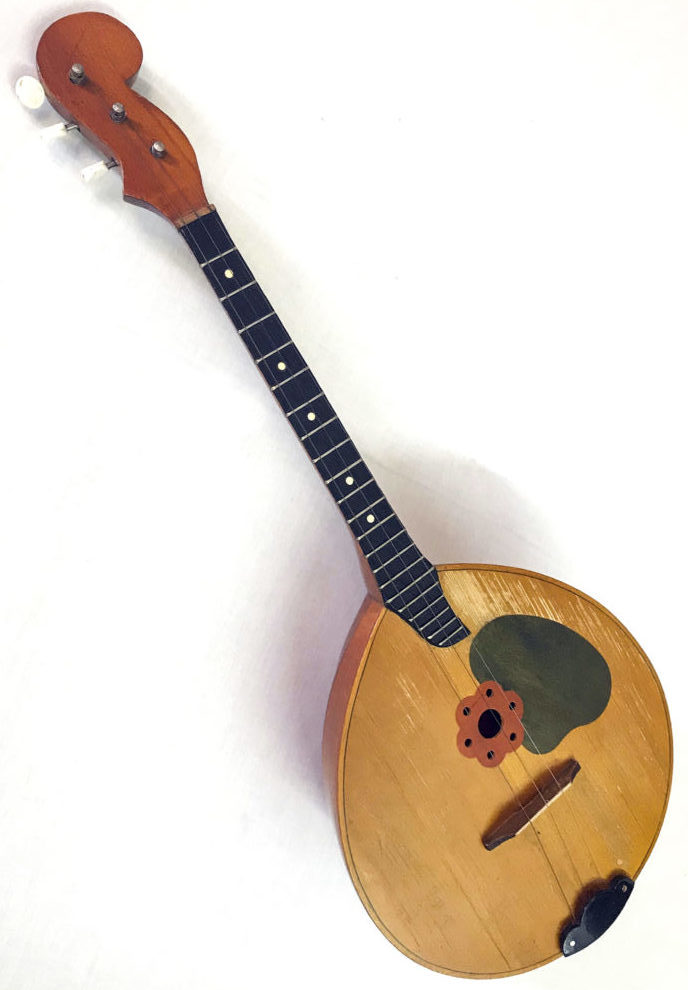
Domra artisan three-string Bass
- the best quality wood, according to buyers;
- durable shell;
- lacquered case;
- inexpensive in price.
- not detected.
MUZPROM model no. 10
The tool is assembled by hand using special materials. The wood is aged for ten years. Some details of the domra, such as the neck and fretboard, are made of ebony. The soundboard is made of two halves, similar to the construction of a violin. The rosewood, Bosnian maple and alpine spruce used to create the case are of excellent quality. The body length is 260 mm, width - 240 mm, height - 120 mm. The tool has a total length of 635 millimeters. Four strings. Concert destination. The approximate average price for 2022 is a little more than 101,000 rubles.
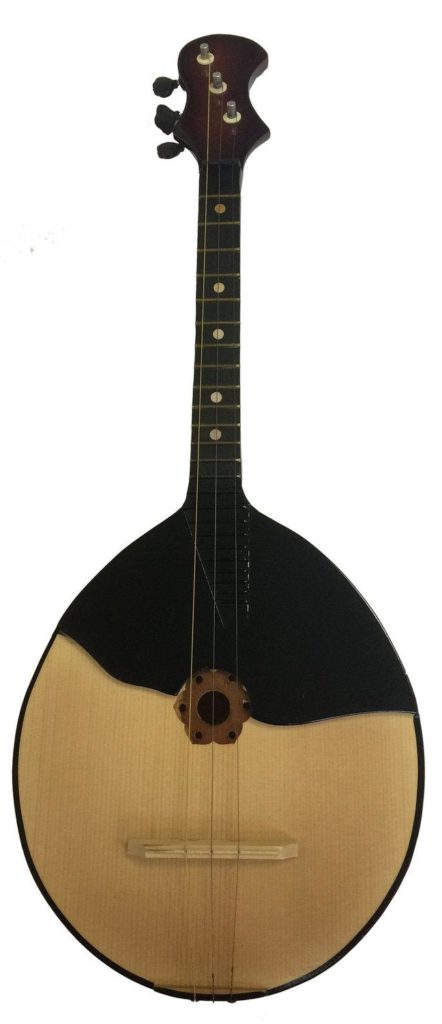
MUZPROM model no. 10
- manual assembly;
- ten-year exposure of wood;
- excellent material characteristics;
- for concerts.
- high price.
FOREST F-301
Budget small domra with an artistically designed seven-riveted body. Fretboard with beech fingerboard, these parts are made of solid resonant radial sawn spruce. The hinged shell is made of ABS plastic. Birch and beech were chosen as the material for the body. The working length of the scale is 400 millimeters. The presence of wood veins between the staves is due to the characteristics of a particular model. Thanks to the smooth rotation of the peg mechanics, you can easily and accurately tune the stringed instrument. The cost of domra in 2022 is about 14,000 rubles.
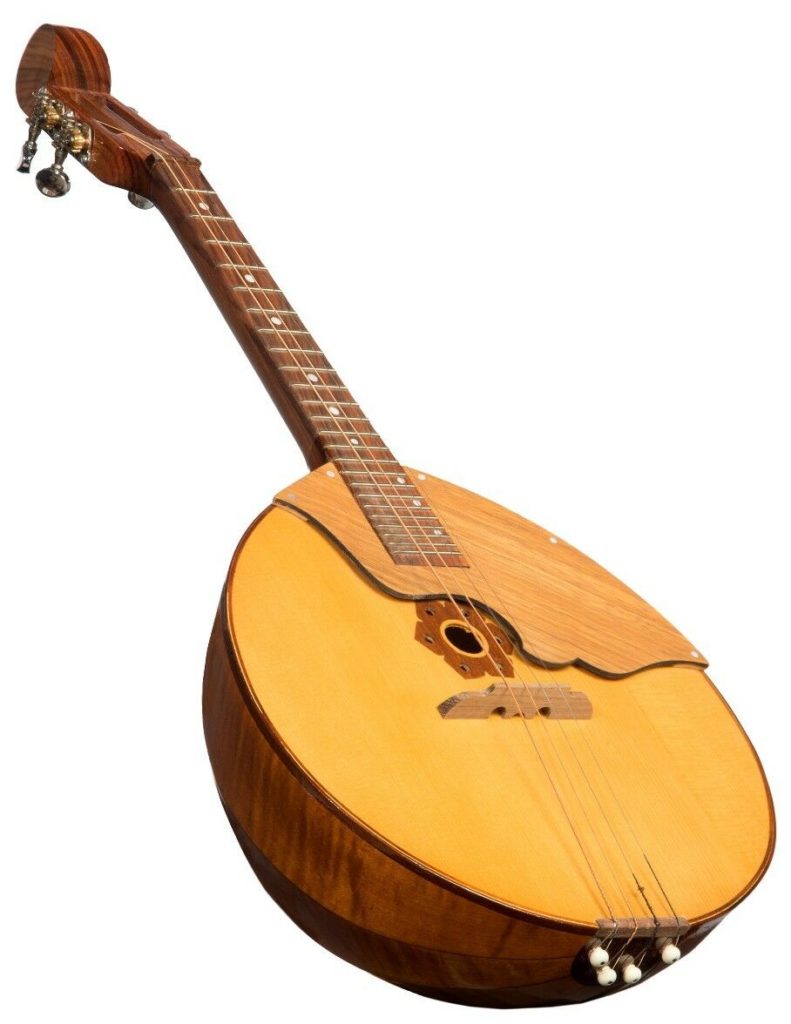
FOREST F-301
- affordable price;
- body decoration;
- with fine tuning function.
- not detected.
DM3-II
Handcrafted three-stringed small domra, made of spruce and maple. Rosewood shell. The cover is made of ebony. Natural body color. The length of the tool in the package is 670 millimeters, width - 300 millimeters, height - 150 millimeters. Domra weighs a little more than one kilogram. Domestic production. The price of the instrument is about 51 thousand rubles.
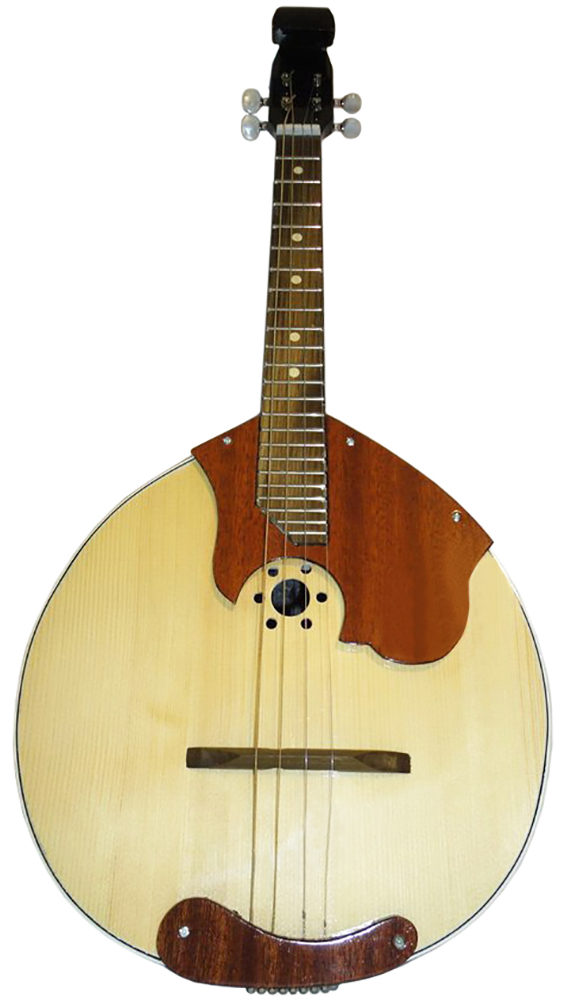
DM3-II
- Russian production;
- a light weight;
- the body has a natural color;
- master assembly.
- not detected.
DOFF DBM
Bass domra, externally finished with glossy lacquer. The neck is made of solid cedar and redwood. Seven-studded maple body with a bright texture. Wooden socket. Menzura length from 720 to 770 millimeters. Rosewood nut, fingerboard and stand. Three strings. The cost is about 40,000 rubles.
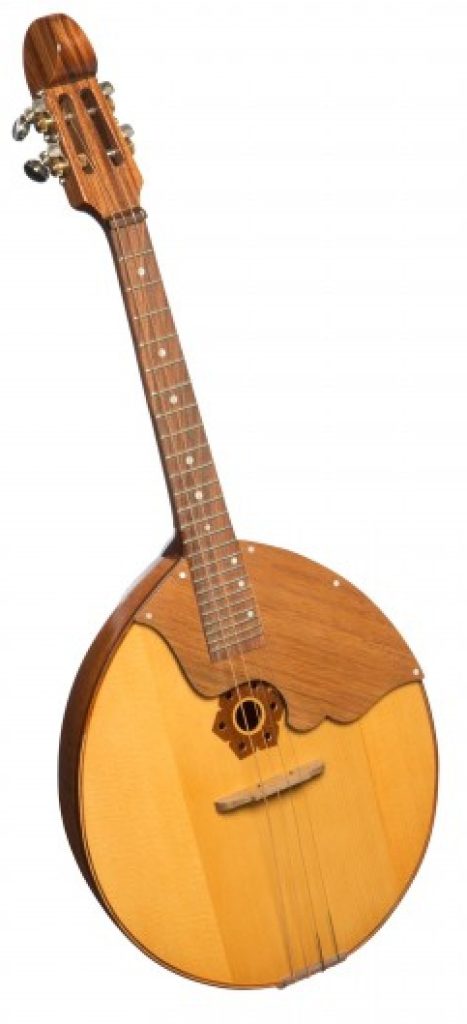
DOFF DBM
- glossy finish;
- large in size;
- quality wood.
- not detected.
The current classification of domras on the market in 2022 is very diverse. One model can have a large number of improved modifications. To avoid mistakes when choosing, you need to carefully approach the selection of a tool, comparing the advantages and disadvantages of tools from different companies. You can read reviews and recommendations on the network left by amateurs who have already managed to test certain popular models in practice.
new entries
Categories
Useful
Popular Articles
-

Top ranking of the best and cheapest scooters up to 50cc in 2022
Views: 131651 -

Rating of the best soundproofing materials for an apartment in 2022
Views: 127690 -

Rating of cheap analogues of expensive medicines for flu and colds for 2022
Views: 124519 -

The best men's sneakers in 2022
Views: 124033 -

The Best Complex Vitamins in 2022
Views: 121939 -

Top ranking of the best smartwatches 2022 - price-quality ratio
Views: 114980 -

The best paint for gray hair - top rating 2022
Views: 113395 -

Ranking of the best wood paints for interior work in 2022
Views: 110318 -

Rating of the best spinning reels in 2022
Views: 105329 -

Ranking of the best sex dolls for men for 2022
Views: 104366 -

Ranking of the best action cameras from China in 2022
Views: 102216 -

The most effective calcium preparations for adults and children in 2022
Views: 102011









